A highly visible and successful optimization project can generate an abundance of harvest opportunities. Beyond the projected payback or return on investment, is there another way to set priorities when faced with such abundance?
The Optimization Edge
A Blog for Business Executives and Advanced Analytics Practitioners
Technologies: Data Science, Big Data, Optimization, Machine Learning, Artificial Intelligence, Predictive Analytics, Forecasting
Applications: Operations, Supply Chain, Finance, Health Care, Workforce, Sales and Marketing
On a March 22 conference call with Stifel Managing Director of Research David Ross, I presented the results of our annual survey of transportation executives, who were asked to predict the impact by 2025 of self-driving trucks, drones and robotics, Big Data / AI / Machine Learning, the Internet of Things, Uberization of freight, and Blockchain. Following is a lightly edited transcript of the discussion of the second part of the survey, which asked executives to predict the impact of these tech disruptors on key business areas (1 = low impact, 2 = medium impact, 3 = high impact).
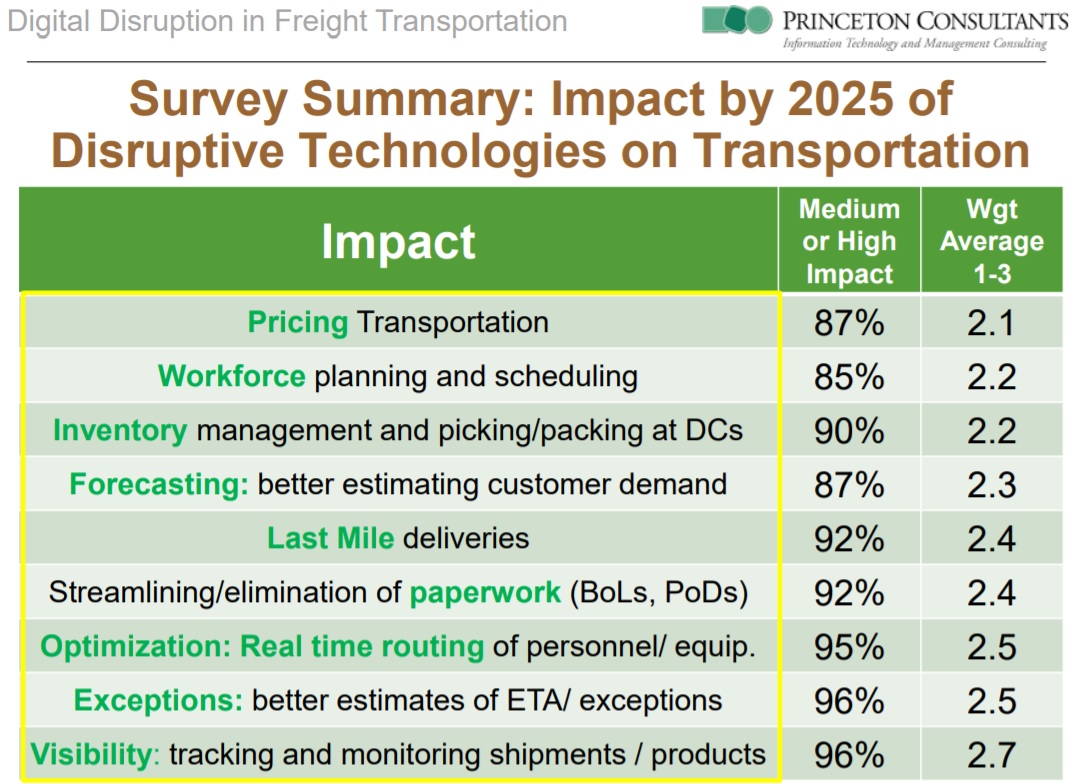

Following are more transcript highlights from our January 29/30 webinar with Ugo Feunekes of Remsoft and Gurobi, which can be watched on this Gurobi webpage.

On January 29 and 30, I conducted a webinar on model review and validation about a specific project that entailed challenges and solutions of great potential interest to the larger community of optimization practitioners. Anita Bowers and Gwyneth Butera of Gurobi were the hosts and moderators. My co-presenter was Ugo Feunekes, the co-founder and CTO of Remsoft. Following is a lightly edited transcript of highlights of the webinar, which can be watched on this Gurobi webpage.

On January 15, Steve Sashihara returned to Road Dog Trucking Radio to discuss disruption in freight transportation and the results of Princeton Consultants' recent survey. Following are excerpts of his conversation with host Mark Willis and callers.
Mark Willis: Drivers, when you think about the future of trucking, you might think, OK, autonomous vehicles, more technology in the cab, the Uberization of freight. Are we going to see more apps coming to the forefront to help your job out there, to make it easier for you? Yes, to all of the above? That’s certainly going to be the motion that we’re going to be riding as technology drives what's going on in the industry. Great to have on board Steve Sashihara, the co-founder and CEO of Princeton Consultants, an organization that blends advanced analytics and data science with management consulting. They help companies in transportation and other industries achieve transformational improvement, service, and efficiency. Steve, thank you for doing this and thanks for chatting with the drivers, the front line if you will.

Accounts have a fairly narrow definition of assets. To optimizers, assets include any resource that an organization owns or controls that can potentially add value to the business. Some are traditional accounting assets, such as buildings, equipment, and inventory. Others are human assets, such as your employees, vendors, and customers. Still others are intangible assets, such as your reputation, brand, customer loyalty, intellectual property, and access to capital. Whatever the asset, optimizers are driven to maximize its yield.
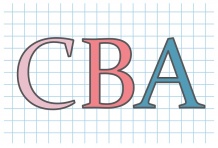
When working with clients on business processes ripe for optimization, we often must prove and quantify the potential benefits of an optimization project applied to their specific operations. Some executives may say, “But our business is different” or “We already are operating efficiently.” We then propose a low-risk project that centers on a cost-benefit analysis of their operations, through which we quantify the potential costs of implementing an optimization project as well as the estimated benefits.
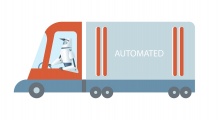
Following are my opening remarks for a panel on “smart technologies” at the Intermodal Association of North America (IANA) Expo in September in Long Beach. The panel session was covered by Transport Topics in this article and the Journal of Commerce in this article.
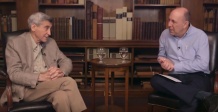
In May 2017, I had the pleasure and honor of interviewing Ralph Gomory for the INFORMS History & Traditions Committee project to create oral histories of luminaries in the field. The interview was conducted at The Century Association, a private club to which Dr. Gomory belongs. To those familiar with optimization, Gomory is known for starting integer programming with the creation of the Gomory cutting plane algorithm, and for the column generation methods known as the Gilmore-Gomory approach to cutting stock problems. However, most of Gomory’s career was spent outside of the optimization arena, and I attempted with the interview to create a thread among his many accomplishments.
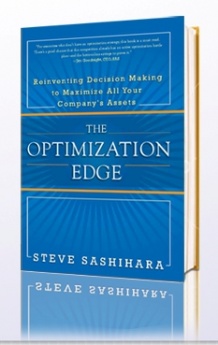
When you are thinking of engaging an optimization advisor or consultant, keep in mind a number of important considerations. Optimization consultants are quants who focus on applying optimization techniques to real-world problems, and they are a unique breed. Think of them as brainiacs on a mission. They are driven to achieve practical results. Their passion is to create software programs that push the limits of computer applications. They could not care less about solving purely theoretical problems. They prefer digging into the nitty-gritty details of running a business and are fascinated by the idea that software can improve operations: from reducing the miles that trucks must travel, to improving the way planes are scheduled, to finding the perfect price that maximizes both sales and profits. All good optimization consultants want to perform miracles, succeed where others have failed, go where few have ventured.

